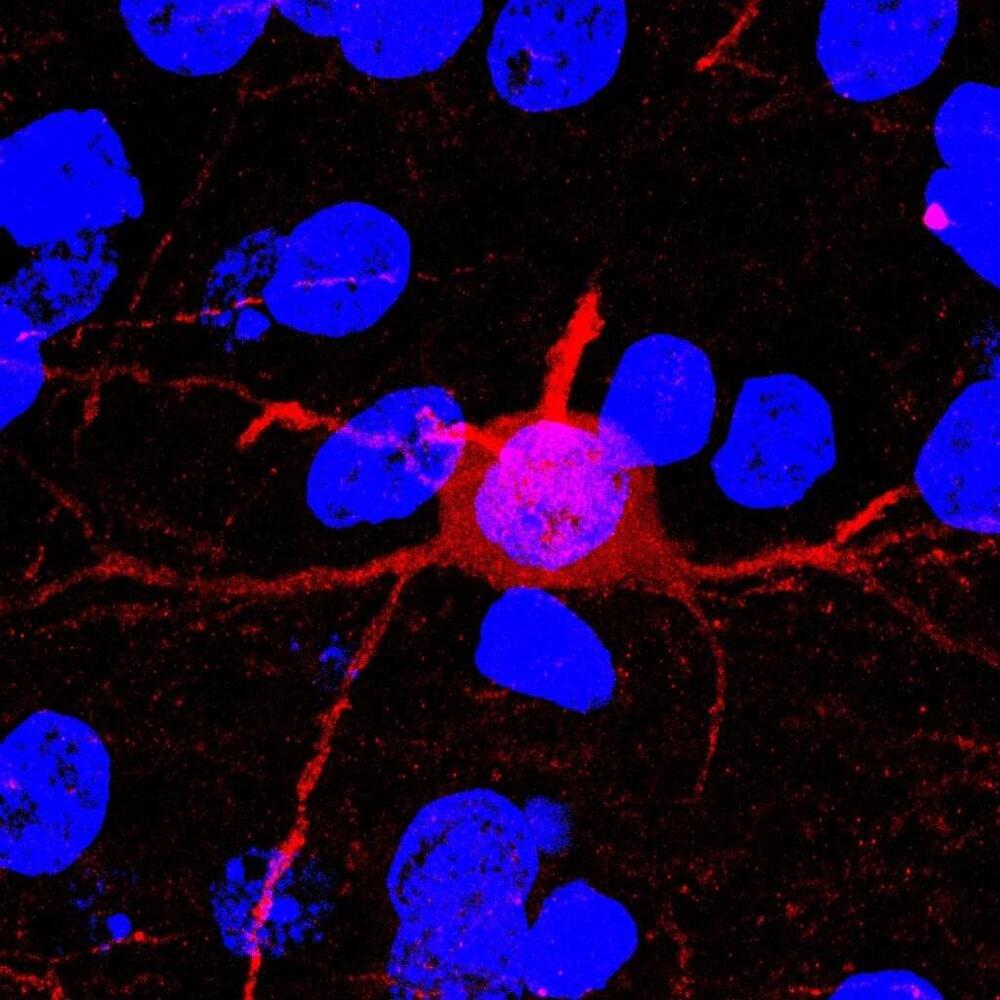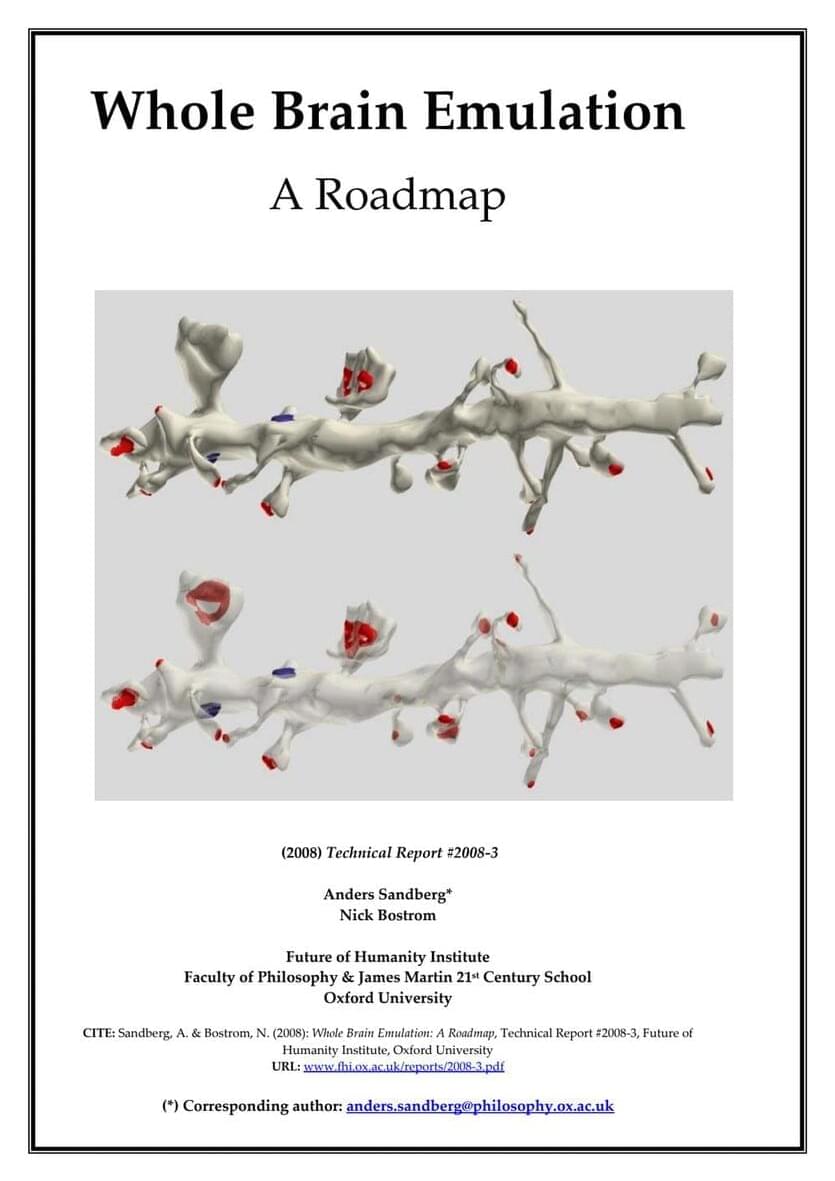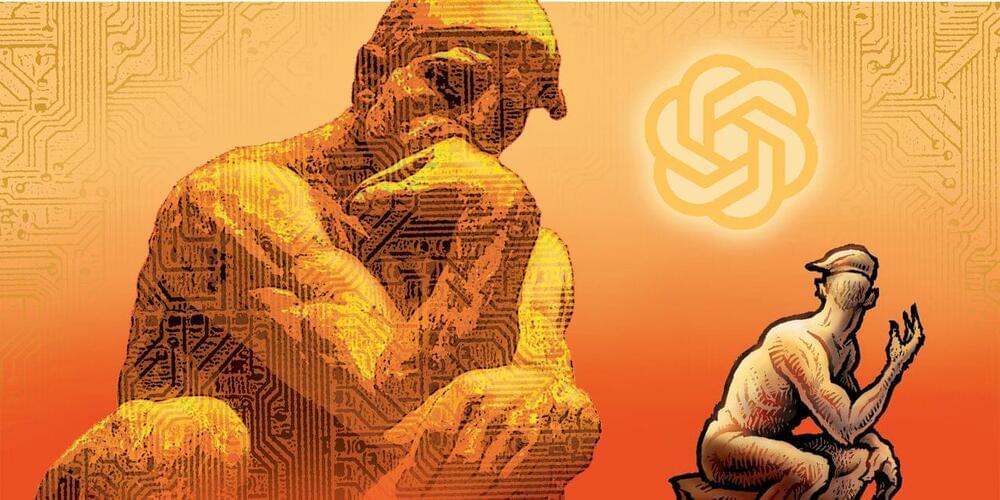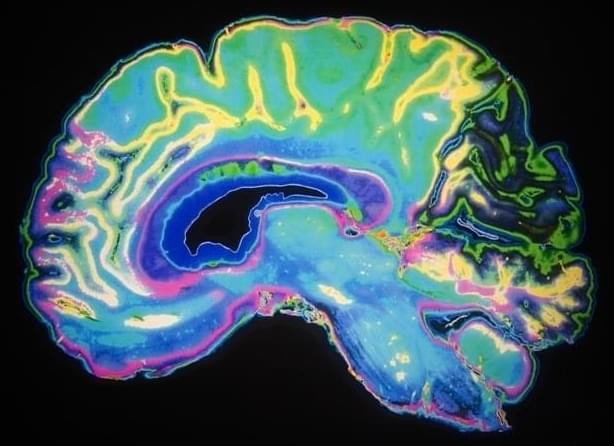M92 is a globular cluster full of stars.



Substance use disorder (SUD) is an extremely difficult disorder to overcome, and many individuals with SUD return to regular use after repeated attempts to quit.
A return to regular drug use can be caused by the body’s physical dependence on the drug as well as experiences associated with prior drug use. Exactly how these drug associations are formed in the brain and how they trigger a return to drug use remain unclear.
“Individuals make long-lasting associations between the euphoric experience of the drug and the people, places and things associated with drug use,” said Christopher Cowan, Ph.D. professor in the Department of Neuroscience at the Medical University of South Carolina (MUSC) and member of the Brain and Behavior Research Foundation Scientific Council.
The human race already has enough problems here on Earth, and any extraterrestrial visitors we have will definitely complicate things! Check out today’s epic new video to find out why we DON’T want to discover aliens, ever!
🔔 SUBSCRIBE TO THE INFOGRAPHICS SHOW ►
🔖 MY SOCIAL PAGES
TikTok ► https://www.tiktok.com/@theinfographicsshow.
Discord ► https://discord.gg/theinfoshow.
Facebook ► https://www.facebook.com/TheInfographicsShow.
Twitter ► https://twitter.com/TheInfoShow.
💭 Find more interesting stuff on:
https://www.theinfographicsshow.com.
📝 SOURCES: https://pastebin.com/v8LeBn5L
All videos are based on publicly available information unless otherwise noted.


Recently an international collaboration of astronomers released the most accurate map yet of all the matter in the universe, to help to understand dark matter, and now this is being joined by the largest two-dimensional map of the entire sky, which can help in the study of dark energy. A data release from the Dark Energy Spectroscopic Instrument (DESI) Legacy Imaging Survey shared the results from six years of scanning almost half of the sky, totaling one petabyte of data from three different telescopes.
The reason that such large-scale data is required to study dark energy and dark matter is that these can only be detected due to their effects on ordinary matter — so researchers need to look at many galaxies to track how these otherwise unseen forces are adding mass or affecting the interaction between galaxies. This particular map was created to help scientists identify 40 million target galaxies which will be studied as part of the DESI Spectroscopic Survey.
To make the map as comprehensive as possible, the researchers included data taken in the near-infrared wavelength as well as the visible light wavelength. That is important as the light from distant galaxies appears redshifted, or shifted toward the red end of the spectrum, due to the expansion of the universe. “The addition of near-infrared wavelength data to the Legacy Survey will allow us to better calculate the redshifts of distant galaxies, or the amount of time it took light from those galaxies to reach Earth,” explained one of the researchers, Alfredo Zenteno of NSF’s NOIRLab, in a statement.


A new technology bids to transform the human cognitive process as it has not been shaken up since the invention of printing. The technology that printed the Gutenberg Bible in 1,455 made abstract human thought communicable generally and rapidly. But new technology today reverses that process. Whereas the printing press caused a profusion of modern human thought, the new technology achieves its distillation and elaboration. In the process, it creates a gap between human knowledge and human understanding. If we are to navigate this transformation successfully, new concepts of human thought and interaction with machines will need to be developed. This is the essential challenge of the Age of Artificial Intelligence.
The new technology is known as generative artificial intelligence; GPT stands for Generative Pre-Trained Transformer. ChatGPT, developed at the OpenAI research laboratory, is now able to converse with humans. As its capacities become broader, they will redefine human knowledge, accelerate changes in the fabric of our reality, and reorganize politics and society.


Synthetic hydrogels were shown to provide an effective scaffold for neuronal tissue growth in areas of brain damage, providing a possible approach for brain tissue reconstruction.
While growing brains may sound like something out of a science fiction movie, a cross-disciplinary team of researchers at Hokkaido University have made a step in that direction. They used hydrogel materials, in combination with neural stem cells, to grow new brain tissue. This is important since, when tissue in our brain is damaged, the neuronal tissue does not have the same regenerative capacity as other parts of our body such as skin.
The first step for researchers was to develop a hydrogel material in which neural stem cells could survive. They found that a neutral gel made with equal parts positively and negatively charged monomers resulted in the best cell adhesion. Researchers then adjusted the ratios of crosslinker molecules to achieve a stiffness similar to that of brain tissue; pores were then created in the gel in which cells could be cultured.
